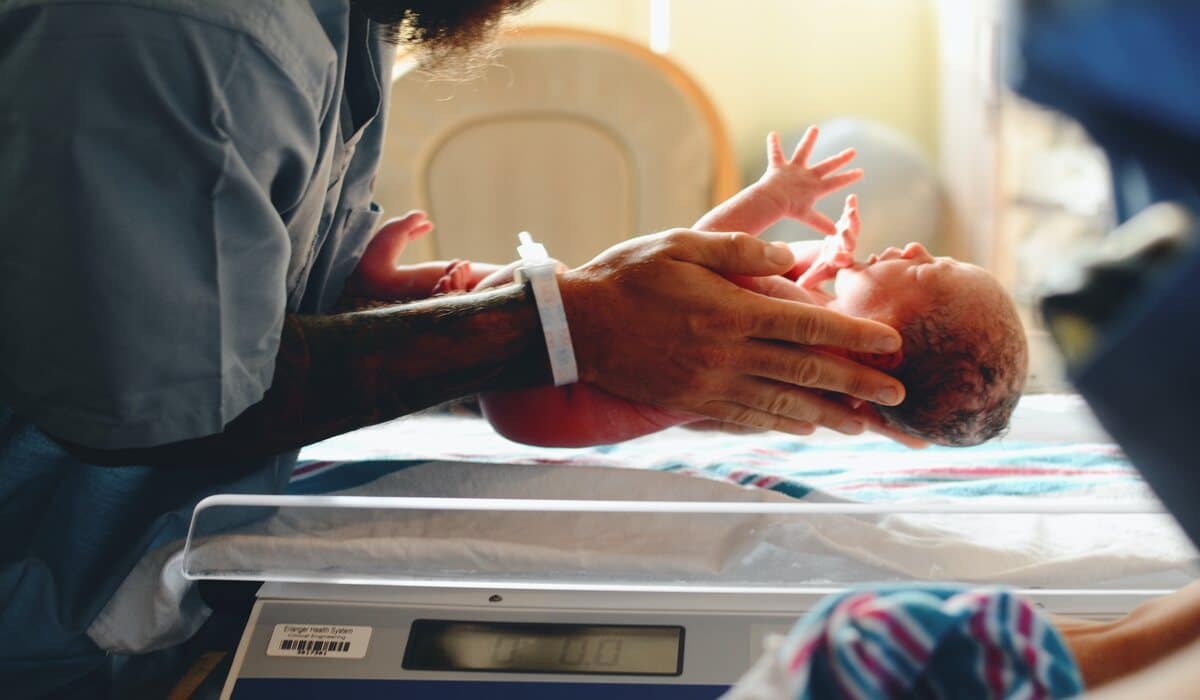Table of Contents
Chiropractic care has been traditionally associated with treating adults’ back pain or other musculoskeletal issues. However, chiropractic care can also play a vital role in children’s health. In this article, we will discuss the benefits of pediatric chiropractic care, the conditions it can treat, and the techniques used in treatment.
What is Pediatric Chiropractic Care?
Pediatric chiropractic care is a specialized form of chiropractic care that focuses on the treatment of children and their unique healthcare needs. It is a non-invasive and drug-free approach to healthcare that uses a variety of techniques to promote the body’s natural healing ability.
Pediatric chiropractic care differs from chiropractic care for adults in several ways. First, children’s bodies are still developing, so pediatric chiropractors use gentler techniques that are appropriate for their age and size. Additionally, the conditions that pediatric chiropractors treat often differ from those of adults, such as colic, ear infections, and bedwetting.
Benefits of Pediatric Chiropractic Care
Pediatric chiropractic care offers many potential benefits for children, including:
- Improved sleep: Chiropractic care can help address spinal misalignments that may contribute to sleep problems in children. Studies have shown that chiropractic care can improve sleep quality and reduce nighttime awakenings in children with sleep disorders.
- Better immune function: Chiropractic may help enhance immune function by reducing stress and inflammation in the body. A study found that children who received chiropractic care had fewer colds and ear infections compared to those who did not receive care.
- Reduced colic or ear infections: Chiropractic can help alleviate colic and ear infections in young children. One study found that chiropractic reduced colic symptoms in infants by an average of 67%. Another study found that chiropractic reduced ear infections in young children by up to 93%.
Scientific evidence supports the potential benefits of pediatric chiropractic. For example, a systematic review of randomized controlled trials found that chiropractic improved sleep and reduced colic symptoms in infants. Another study found that chiropractic improved immune function in children with asthma. While more research is needed to fully understand the benefits of chiropractic in children. The available evidence suggests that it can be a safe and effective treatment option for many pediatric health conditions.
Conditions Treated by Pediatric Chiropractors
Chiropractic care for children is gentle, non-invasive, and drug-free. Children are more likely to respond quickly to chiropractic care, making it an effective treatment option for many conditions.
Pediatric chiropractors can treat a variety of conditions in children, including:
- Asthma: Chiropractic can help reduce inflammation in the airways and improve lung function, which may help alleviate asthma symptoms. A study found that children who received chiropractic had a 45% reduction in asthma attacks.
- ADHD: Chiropractic may help improve focus and reduce hyperactivity in children with ADHD. One study found that children who received chiropractic had significant improvements in ADHD symptoms.
- Scoliosis: Chiropractic can help improve spinal alignment and reduce curvature in children with scoliosis. One study found that chiropractic reduced scoliosis curvature by an average of 40%.
- Ear infections: Chiropractic can help improve drainage in the ear and reduce the frequency and severity of ear infections in young children.
- Colic: Chiropractic can help alleviate colic symptoms in infants by addressing spinal misalignments that may contribute to gastrointestinal issues. One study found that chiropractic reduced colic symptoms in infants by an average of 67%.
Chiropractic care may help alleviate symptoms or address underlying issues related to these conditions by restoring proper spinal alignment and nerve function. Misalignments in the spine can cause nerve interference, which can affect the body’s ability to function properly. By correcting these misalignments, chiropractic care can help improve overall health and reduce symptoms associated with these conditions.
When to Consider Pediatric Chiropractic Care
Pediatric chiropractic may be considered for children of all ages, including infants, toddlers, and adolescents. Parents may want to consider seeking chiropractic for their child in the following situations:
- After a traumatic birth: Birth can be a traumatic experience for both the mother and the baby, which may cause spinal misalignments or nerve interference. Chiropractic can help address any misalignments that may have occurred during birth and promote optimal nervous system function.
- If the child is experiencing chronic pain or discomfort: Chronic pain or discomfort in children can be a sign of spinal misalignments or nerve interference. Chiropractic can help address these issues and alleviate symptoms.
- If the child is participating in sports: Children who participate in sports may be at risk of injury or spinal misalignments. Chiropractic can help promote optimal nervous system function and prevent injuries.
- If the child has a developmental delay or disorder: Children with developmental delays or disorders may benefit from chiropractic, as it can help address any underlying neurological issues that may be contributing to the condition.
Parents need to consult with their child’s pediatrician before seeking chiropractic. Especially, if the child has a pre-existing medical condition. A qualified pediatric chiropractor should also be chosen, as they have specific training in working with children and can provide safe and effective care.
Conclusion
Pediatric chiropractic care can be vital in promoting children’s health and well-being. It is a safe and effective treatment option for various conditions and can help improve overall health and quality of life. Lastly, If you are considering pediatric care for your child, consult a qualified and licensed pediatric chiropractor to discuss your child’s needs and ensure the best possible care.
Photo by Christian Bowen on Unsplash


